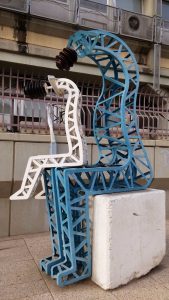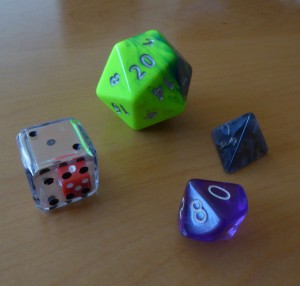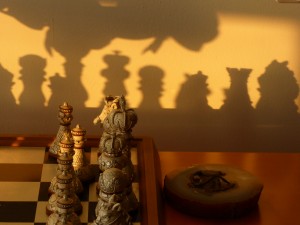
Naomi’s Pictures
Sometimes it takes a colleague to make you see the obvious – I haven’t been utilizing (or should I say “milking”?) “The Kitchen” activity enough in my high school classroom.
It seems I had fallen into the trap of using a resource for only one purpose, then losing the ability to see how useful it could be for other purposes.
What a waste!
TEACHERS NEED TO BE IN TOUCH WITH OTHER TEACHERS!
Debbie Ben Tura, in her in-service training course on “Creative Teaching”, discussed the activity of bringing in various items that belong to a person, then describing an imaginary person who might possess such objects. For high-school teachers, that’s a good way to practice using vocabulary that high-level students may need for writing an essay on their matriculation exams (what we call Module G).
OH!
Instead of bringing in objects, why don’t I unearth “The Kitchen” picture?

Mind you, it’s the hard copy that’s been buried in a binder in the closet.
I have been using this picture for years, every single year, as part of a digital activity on our class “website” (actually on Edmodo). I use it with 10th grade students new to the topic of inferences. There’s a lot to infer here! The students respond well to the picture and particularly like discussing whether or not this woman could possibly have children (kids are always hungry – they agree with that!).
At the bottom of the post, you will find two downloadable versions of the worksheets I use, for different levels. They are called “Kitchen Red” “Kitchen Blue”.
Neither one of my worksheets was designed for my advanced Deaf and hard of hearing students, the students who need to know how to write 120-140-word essays describing a person, using a rich vocabulary.
My advanced students have never seen this picture. It never occurred to me use it with them.
Well, now is the time to get them imagining and describing!
Note: The original “Kitchen” post (with the activity related to the skill of “inference” ) was posted on December 18, 2010. It was one of the first posts on my blog, which I launched on December 9, 2010, almost nine years ago! I posted a lot in those early days – the “kitchen” post was post number 12! I’m glad I had the opportunity to revisit it now.



